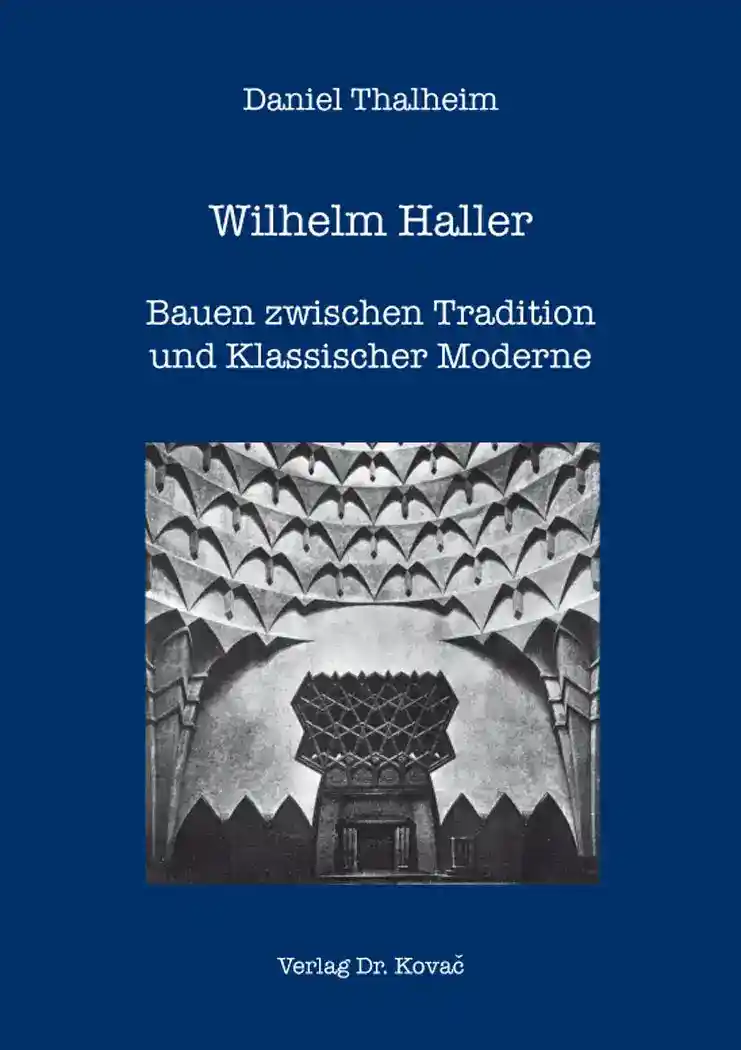Daniel ThalheimWilhelm Haller – Bauen zwischen Tradition und Klassischer Moderne
EX ARCHITECTURA – Schriften zu Architektur, Städtebau und Baugeschichte, volume 18
Hamburg 2021, 200 pages
ISBN 978-3-339-12220-9 (print)
ISBN 978-3-339-12221-6 (eBook)
About this book deutschenglish
Between the world wars, a great individualisation of the architectural language began. A reform school such as the „Bauhaus“ in Germany and artist groups such as „De Stijl“ in Leiden, the Netherlands, the „Wiener Werkstätte“, designers, artists and architects of the „Werkbund“ networks in German-speaking countries introduced new artistic-creative dialects into design and architecture. Wilhelm Haller, who came from Silesia, followed the trends set by these reform movements with his heterogeneous work. He himself did not belong to any of the reform groups mentioned. With his designs, writings and buildings, he approaches us today as an attentive observer of his time. His central building is the Hall of Consecration for the Israelite religious community in the north of Leipzig, which was destroyed in 1938/39 in the course of the November pogroms. In this impressive cemetery building, Haller combines Jewish tradition, synagogue purpose and a rich formal language from European cultural history with the modern language of his time. In the master’s thesis submitted to the Institute of Art History at the University of Leipzig in 2006 and restructured and updated in the pandemic year 2020, the author succeeds both in discussing the historical lines of tradition of Sephardic and Hasidic Judaism in the building and in embedding this building within the various currents of Classical Modernism. Furthermore, Daniel Thalheim questions supposed stylistic and epochal terms, such as Art Deco and Bauhaus, for the Funeral Service Hall on the basis of an exciting discussion of sources and literature, and situates Wilhelm Haller’s late work in the term „organic building“ favoured by the architect himself. By tracing Haller’s biography and work from the late German Empire to Palestine, the author integrates the discussions about the nature of the Feierhalle into a publication that resembles a monograph.
